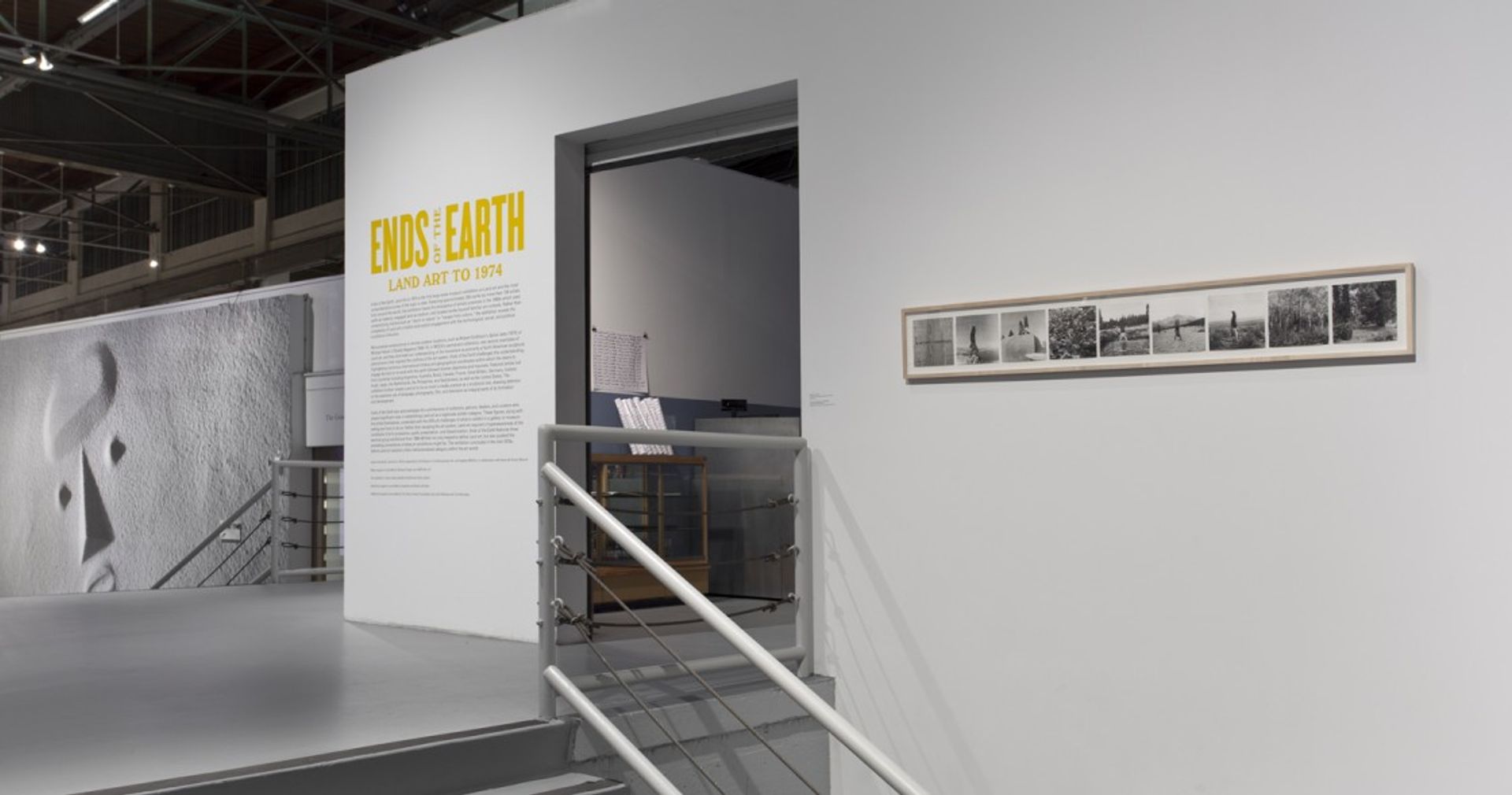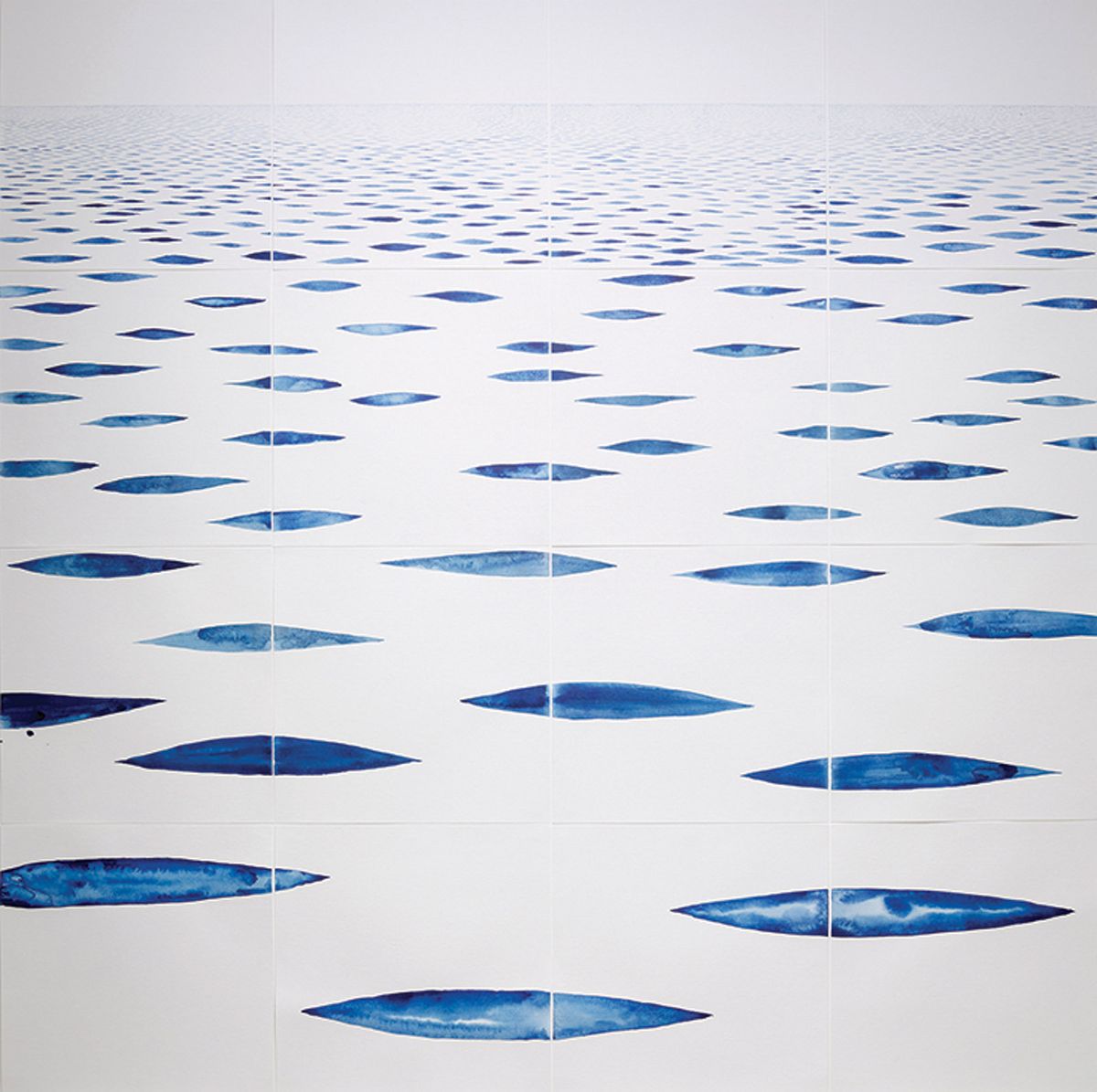Ben Tufnell is a recognised expert on Land art. Formerly at Tate Britain, where he curated Hamish Fulton’s retrospective in 2003, and Haunch of Venison, where he worked closely with Richard Long, Nancy Holt and Giuseppe Penone, his publications include In Land: Writings around Land Art and its Legacies (2019). Tufnell is the director of the London gallery Parafin, currently showing the work of Tania Kovats, who explores the ways in which art can speak to our critical climate crisis. Tufnell has selected five must-read books on art and the environment.
Overlay: Contemporary Art and the Art of Prehistory (1983) by Lucy Lippard
“Extraordinary in the breadth of its enquiry, Overlay looks both backwards and forwards to position the emergent Land art within a vast cultural continuum. It also highlights many important female artists who were not given their due in subsequent accounts of the genre.”
Robert Smithson: The Collected Writings, (1996), edited by Jack Flam
“The term ‘visionary’ is overused, but Smithson’s writing really does have a visionary—as in hallucinatory, speculative, poetic, obsessive, genre-bending, dreamlike—quality to it. ‘Entropy and The New Monuments’ (1966), ‘Incidents of Mirror-Travel In The Yucatan’ (1969) and ‘The Spiral Jetty’ (1972) are urtexts for a new way of thinking creatively about art, land and environment.”

Installation view of Ends of the Earth: Land Art to 1974, May 27 – September 3, 2012 at The Geffen Contemporary at MOCA, courtesy of The Museum of Contemporary Art, Los Angeles. photo by Brian Forrest
Ends Of The Earth: Land Art to 1974 (2012), edited by Philipp Kaiser and Miwon Kwon
“There are several excellent surveys of Land art but most focus on the genre’s emergent phase and the (mostly male) American practitioners. This show was—remarkably—the first-large scale museum survey of the movement and, while it had a narrow chronological focus, it valuably expanded the geographical narrative to include South America, Eastern Europe, Scandinavia and Japan.”
Being Ecological (2018) by Timothy Morton
“Playfully referencing all points from Talking Heads to Olafur Eliasson (but not Smithson), Morton entertainingly argues that ‘being ecological’ is about breaking down the boundaries between human and non-human, and about seeing the world as a kind of ontological continuum: ‘You don’t have to be ecological. Because you are ecological.’”

Future Library 2014-2114 Katie Paterson
Future Library (2014-2114) by Katie Paterson
“Future Library is currently a forest in Norway. Every year a writer contributes a text, which no one will read until 2114, when the trees will be used to make paper to print them. To see the young trees is a profoundly moving experience. Paterson’s project encapsulates many of the key ideas in Land art: time, duration, site, ideas, experience. Most importantly, it is an—ahem—visionary work for the future.”
• Tania Kovats: Oceanic, Parafin, London, until 20 November



